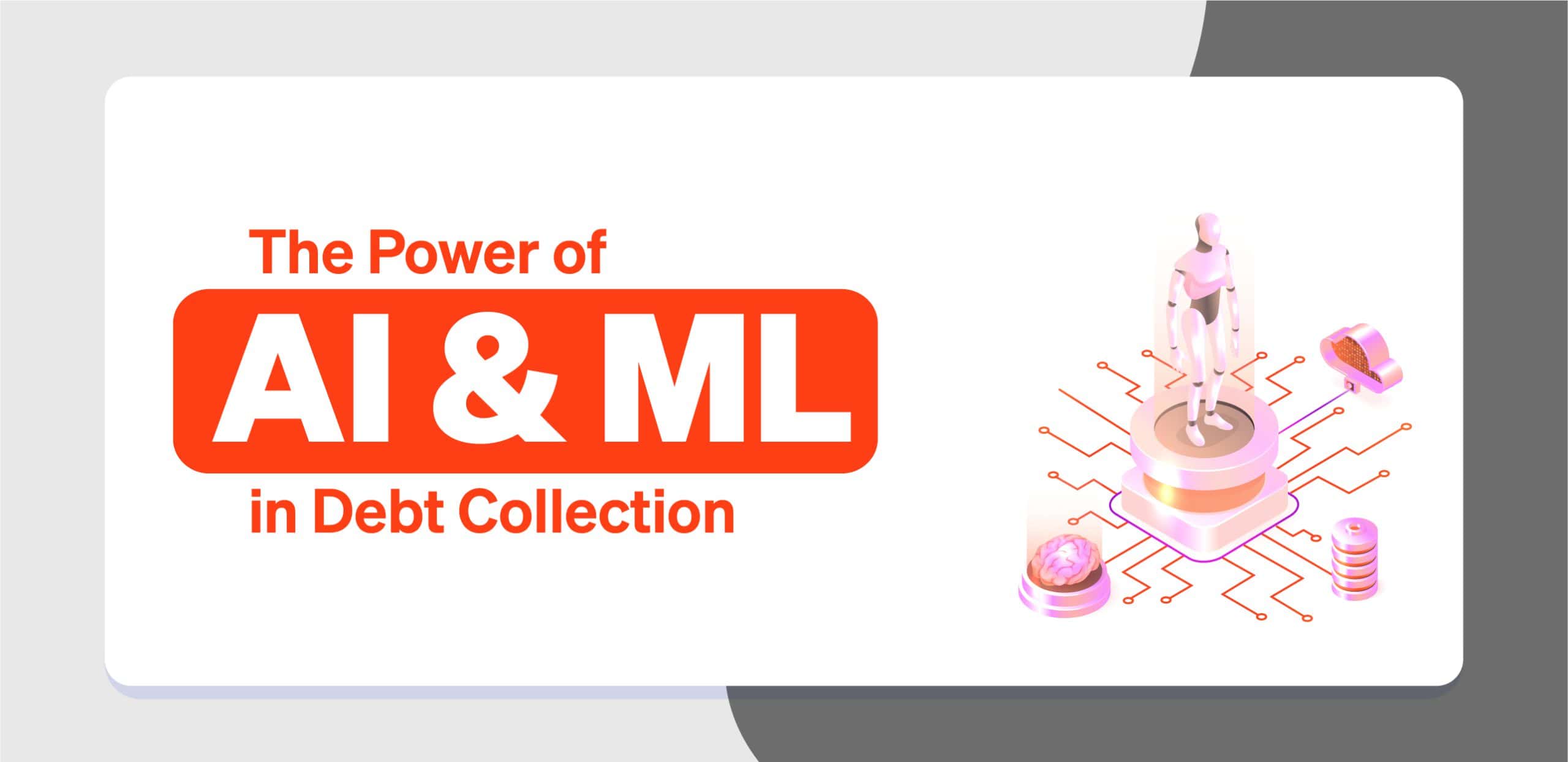We think of Artificial Intelligence (AI) as an umbrella embracing all sorts of algorithms related to learning by interaction with the environment. Within this field, there belongs a sub-field called Machine Learning (ML). ML ensures that it will manifest all the theories and learnings picked up during the interaction into practice.
The question that remains is,
How can we use these algorithms to learn fast and profit from them?
The answer lies within the question itself, there are different kinds of learnings and deductions from these algorithms to ensure superior consumer experience.
One of them, the one that is most relevant and recent being:
Reinforcement Learning
Reinforcement learning is a concept that translates to ‘Learning by interaction’. The ability to modify the environment and pick up tiny nuances from there, which will help in being able to process new and relevant information quickly.Reinforcement learning is a key aspect of debt collection. In comparison, debt collectors use machines to interact with their debtors. The machines keep learning in order to figure out the most likely time of interaction,
the platforms on which they are most responsive, and the ways in which we can touch-base with the debtors. The end result of this is the ability to trace the debtor, recover the debt as quickly, with as few resources as collectively possible.
The Importance of Agility
The key gratification for the digital debt collector, in this case, is that they will be more agile, collect debt faster and be able to maintain a good relationship with the debtor even after their dues have been paid. This is exactly why it is very essential to have a continuously evolving and infinitely learning algorithm because what works today may not work a year from now.
It is important not to get stuck with previous processes and constantly seek new, more advanced solutions that may work better for a Debt Collection Platform.
To summarise, AI in debt collection is about exploration and exploitation strategies. Whether to be on the lookout for potential leads of the delinquent customer or look even deeper into the leads that we already possess. AI in debt collection is about interacting with the environment, modifying it and pursuing it. AI and ML is all about bringing transparency into the world. AI and ML is everything that encompasses the future of debt collection.
With the growing number of internet users within the country, in the past couple of years, the foreseeable trend is, that the number of users will only go up. spocto uses its Big Data platform and leverages the infinitely complex algorithms of AI and ML to touch-base with the delinquent accounts suggested by the financial institutions.
The AI and ML algorithms work seamlessly to recover delinquent customers who may not be reachable through traditional communication channels. The analysis of a customer’s technographic, geographic and psychographic touch-points keeps a tab of their virtual persona on a real-time basis. This result-driven and customer-centric approach brings down the cost of operations and enhances the overall process of debt recovery.
spocto empowers any financial institution with the knowledge to ‘seek’ and the ability to ‘win’.

